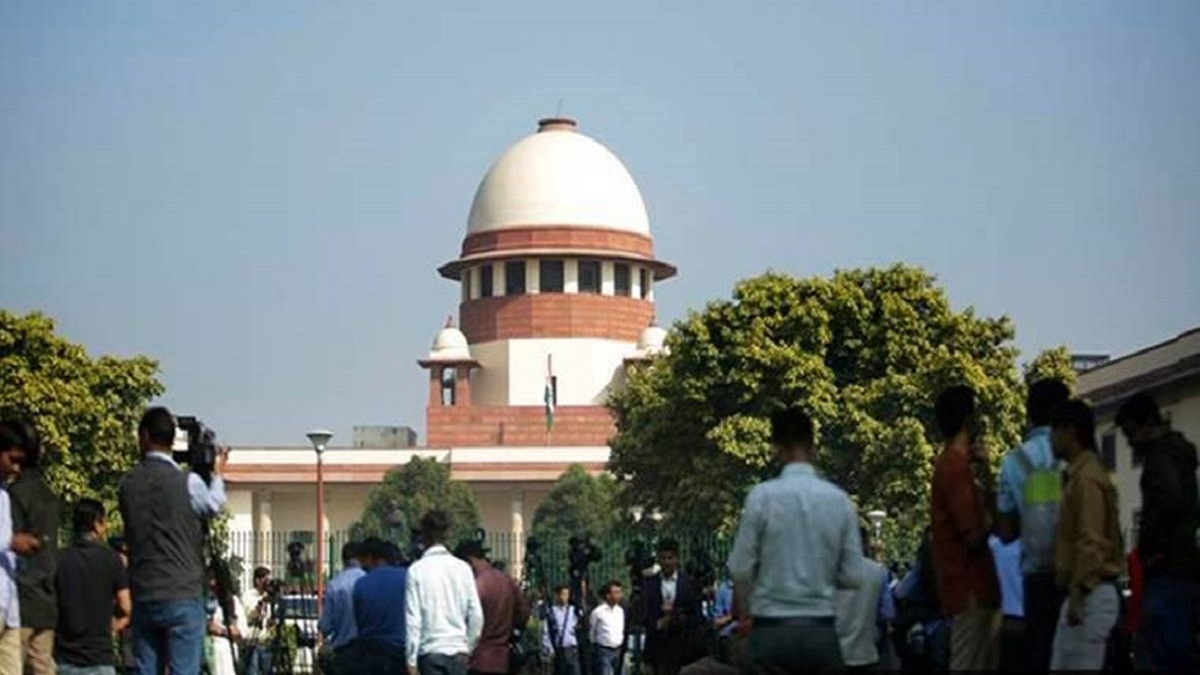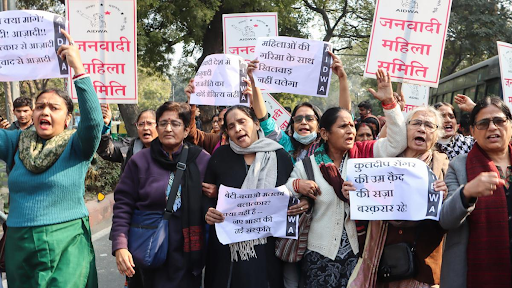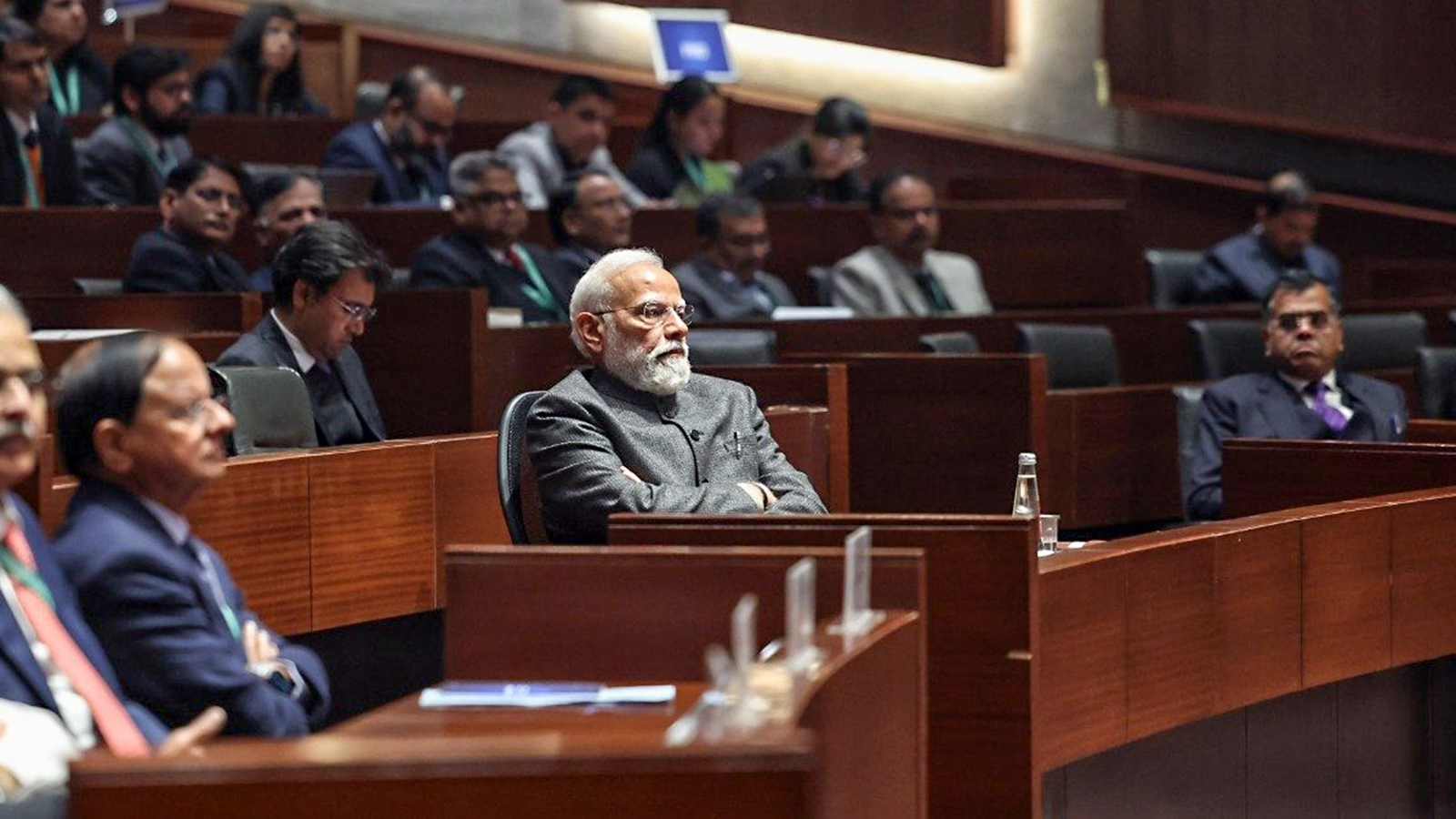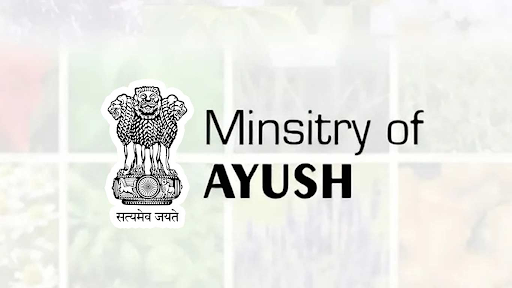Description

Copyright infringement not intended
Picture Courtesy: https://www.financialexpress.com/business/industry/sc-agrees-to-hear-telcos-curative-plea-on-agr-dues-in-open-court/3267858/
Context: The Supreme Court's decision to entertain a curative petition in the Delhi Metro Rail Corporation (DMRC) case throws a spotlight on the appropriate role of the court in commercial disputes.
Details
- The recent use of curative jurisdiction by the Supreme Court in the Delhi Metro Arbitration case represents a significant judicial innovation aimed at correcting what is considered as a "grave miscarriage of justice."
About Curative Jurisdiction
A curative petition serves as the absolute final option for someone seeking justice after all other legal avenues have been exhausted. It's a powerful tool designed to achieve two primary objectives:
- Preventing Miscarriages of Justice: This ensures that no grave injustices occur within the Indian judicial system. If a final judgement by the Supreme Court seems to be a blatant miscarriage of justice, a curative petition allows for a final review.
- Curbing Abuse of Process: The Supreme Court also wants to prevent frivolous or baseless petitions from clogging the system. Curative petitions, with their stringent requirements, act as a filter to deter such misuse.
Origin and Purpose
- Curative jurisdiction is a legal concept that was established by the Supreme Court of India in the landmark case of Rupa Hurra v/s Ashok Hurra in 2002. It allows for the correction of judgments that are deemed to be "oppressive to judicial conscience" and would perpetuate "irremediable injustice."
- The purpose of curative petitions is to address gross errors or miscarriages of justice that have not been rectified through ordinary legal routes like review petitions.
|
Constitutional Basis
●The power of the Supreme Court to entertain curative petitions is derived from Article 137 of the Constitution of India, which grants the court the authority to review its own judgments and orders to prevent miscarriages of justice.
|
Strict Criteria for Filing
Curative petitions are not for everyone, and the Supreme Court has set strict criteria to ensure they are used judiciously. To be considered, the petitioner must establish two key points:
- Violation of Natural Justice Principles: This means the petitioner must prove a genuine violation of fair court procedures happened during their case. Examples include not being given a chance to be heard by the court, not being presented with relevant evidence, or facing procedural irregularities.
- Judicial Bias: The petitioner needs to provide evidence suggesting that a judge's bias negatively impacted the case. This could involve the judge having a personal connection to the opposing party or a financial interest in the case's outcome.

Key Features and Requirements of a Curative Petition
- Grounds for Filing: The petitioner must establish that there was a genuine violation of principles of natural justice or a concern of bias by the judge or judgement that adversely affected them.
- Specific Grounds Mentioned in Review Petition: The curative petition must specifically mention the grounds that were raised in the earlier review petition, which must have been dismissed by circulation. This dismissal needs to be certified by a senior advocate.
- Procedure and Circulation: After filing, the curative petition is circulated to the three most senior judges of the Supreme Court and to the judges who delivered the challenged judgement, if they are available.
|
Distinction from Review Petition
●A key distinction between a review petition and a curative petition lies in their nature and scope. A review petition is explicitly provided for in the Constitution of India, while the concept of a curative petition emerged through judicial interpretation by the Supreme Court under Article 137.
|
Process and Scrutiny
Filing a curative petition involves a rigorous process with multiple layers of scrutiny:
- Senior Advocate Certification: A crucial aspect is a certificate from a senior lawyer confirming that the petition meets the strict criteria for filing a curative petition. This adds an additional layer of filtering to ensure only strong cases with potential merit proceeds.
- Review by Senior Judges: The petition is then circulated to a special bench. This bench typically comprises the three most senior judges in the court, along with the judges who delivered the original judgement (if they are still available). These highly experienced judges will assess the petition and decide whether it warrants further consideration.
- No Time Limit: Unlike review petitions, which have a specific timeframe for filing, curative petitions can be filed at any time. However, the longer the delay, the more the petitioner needs to justify the reason for the delay.
- Safeguards Against Abuse: The Supreme Court is not powerless in the face of frivolous or unsubstantiated claims. The Court can impose heavy costs on petitioners who file curative petitions without any merit. This discourages people from using this last resort for trivial matters.
- Limited Use: Curative petitions are not intended for routine use. They are a powerful tool to address exceptional circumstances, not a second chance for every case. The Supreme Court discourages their use in everyday situations, as this could lead to endless litigation and clog the judicial system.
Who Hears Curative Petitions?
A special bench is constituted to handle curative petitions, ensuring experienced judges review these exceptional cases:
- Initial Review: A bench of the three most senior judges, along with the original judges (if available), initially reviews the petition. They assess whether the petition meets the criteria and warrants further consideration.
- Hearing: Only if a majority of the judges on the initial review bench agree that the matter needs a hearing, is the petition listed for a hearing. Ideally, the hearing would take place before the same bench that conducted the initial review.
- Decisions in Chambers: Decisions on curative petitions are typically made in chambers (the judge's private workspace) unless an open hearing is specifically requested. Open hearings allow for public scrutiny and transparency, but they are not the norm for curative petitions.
- Amicus Curiae: The court can seek assistance from a senior lawyer (amicus curiae) during the consideration process. This allows the court to access additional legal expertise on complex issues raised in the petition.
Conclusion
- A curative petition represents an extraordinary legal remedy available under Indian law, allowing the Supreme Court to revisit its judgments in exceptional cases where fundamental principles of justice are at stake. It serves as a vital mechanism to correct grave miscarriages of justice and uphold the integrity of the judicial process, while also imposing safeguards to deter misuse or abuse of this remedy through the imposition of costs for meritless petitions.
Must Read Articles:
Curative Petition
Source:
Indian Express
|
PRACTICE QUESTION
Q. With reference to the curative plea, consider the following statements:
1. A curative plea is filed after a review petition has been dismissed.
2. The purpose of a curative plea is to correct a gross miscarriage of justice.
3. The curative plea requires prior notice to the opposite party.
How many of the above statements are correct?
A) Only one
B) Only two
C) Only three
D) None
Answer: C
|












